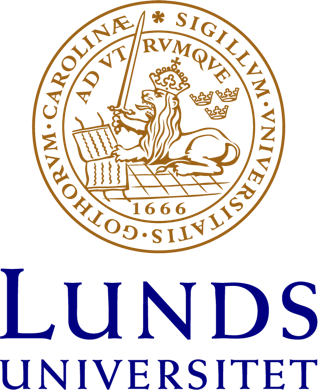2014-03-06
Specification of the Unified Conceptual Space, for Purposes of Empirical Investigation
Joel Parthemore (Centre for Cognitive Semiotics, Lund)
Recent years have seen a number of competing theories of concepts within philosophy of mind, supplanting the classical definitionist and imagist accounts: among them, Jerry Fodor's informational atomism, Jesse Prinz's proxytypes theory, and -- of course -- Peter Gärdenfors' (2004) conceptual spaces theory (CST). On the whole there has been little empirical investigation into the competing theories' merits; the (limited) empirical investigation of CST offers the one obvious exception. Some theories, such as informational atomism, seem almost beyond the possibility of such testing by design. Some philosophers would claim that theories of concepts, by their nature, cannot be tested empirically; and they raise valid concerns. Although I concede that theories of concepts are not open to direct empirical investigation, nonetheless indirect methods can provide strong circumstantial evidence for or against a theory such as CST; and I offer a research plan for doing so. Indeed, I argue that an extension of CST I call unified conceptual spaces theory (UCST) is better placed than the competition when it comes to such testing, not least because it comes with a software application, in the form of a mind-mapping program, as a more-or-less direct translation of the theory into a working computer model.This paper provides the most detailed specification to date of the algorithm underlying the UCST, described in (Parthemore, 2013; Parthemore, 2011; Parthemore and Morse, 2010) as an attempt to move CST in a more algorithmically amenable and therefore, it is hoped, more empirically testable direction. UCST brings all the many widely divergent conceptual spaces discussed in CST together into a single unified “space of spaces” arranged along three axes, where points in the space have both local and distal connections to other points.
